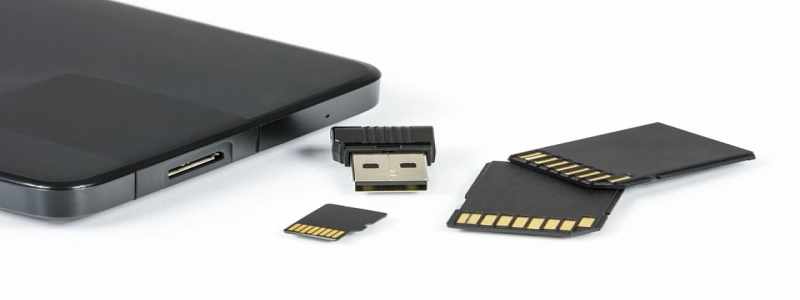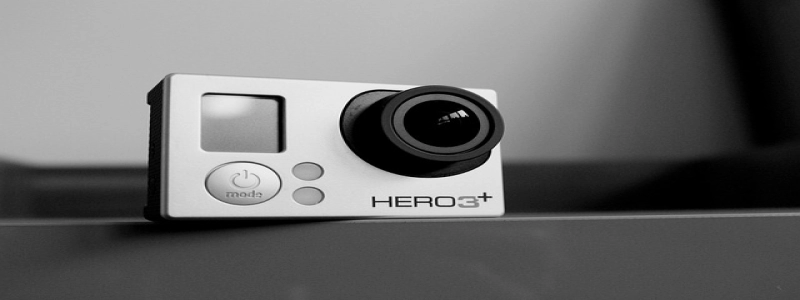1. RJ45 Ethernet Cable
1.1 Introduction
The RJ45 Ethernet cable is a widely used networking cable that is essential for connecting devices to local area networks (LANs) or the internet. This cable type has become the standard for wired Ethernet connections due to its reliability, durability, and high performance.
1.2 The Structure of RJ45 Ethernet Cable
The RJ45 Ethernet cable consists of four pairs of twisted copper wires enclosed within a protective sheath. The sheath provides insulation and protects the wires from external interference. Each wire pair is color-coded for easy identification, with one wire in the pair being solid and the other striped. These wire pairs are twisted together to reduce crosstalk and ensure optimal signal transmission.
1.3 Types of RJ45 Ethernet Cables
There are various types of RJ45 Ethernet cables available, each designed for specific networking needs. The most commonly used types are:
1.3.1 Cat5e: This type of cable can support speeds up to 1000 Mbps (1 Gigabit) and is suitable for most home and small business networks.
1.3.2 Cat6: With improved performance and shielding, Cat6 cables can handle speeds up to 10 Gigabits per second (Gbps). They are commonly used in larger networks and for applications that require high bandwidth.
1.3.3 Cat6a: Cat6a cables offer even higher performance and can support speeds up to 10 Gbps at a distance of 100 meters. They are ideal for data centers and demanding applications.
1.3.4 Cat7: Cat7 cables are designed to support speeds up to 10 Gbps over a distance of 100 meters. Additionally, they provide better shielding against electromagnetic interference, making them suitable for high-demand environments.
1.4 Benefits of RJ45 Ethernet Cables
The use of RJ45 Ethernet cables provides several advantages over other networking options:
1.4.1 Reliability: Ethernet cables offer a more stable and reliable connection compared to wireless connections. They are less prone to signal interference and do not suffer from issues like poor Wi-Fi reception or dropped signals.
1.4.2 Speed and Performance: Ethernet cables can handle higher speeds and offer better performance compared to wireless connections. This is particularly important for applications that require large data transfers or real-time streaming.
1.4.3 Security: Wired connections through Ethernet cables are more secure than wireless connections, as they are not susceptible to unauthorized access or hacking.
1.4.4 Compatibility: RJ45 Ethernet cables are compatible with most devices that have Ethernet ports, such as computers, routers, switches, and gaming consoles. They can be easily plugged in and used without the need for additional setup or configuration.
1.5 Conclusion
The RJ45 Ethernet cable is an essential component in networking, providing reliable, fast, and secure connections. Whether for home or business use, choosing the right type of Ethernet cable can greatly improve the overall performance of a network.








